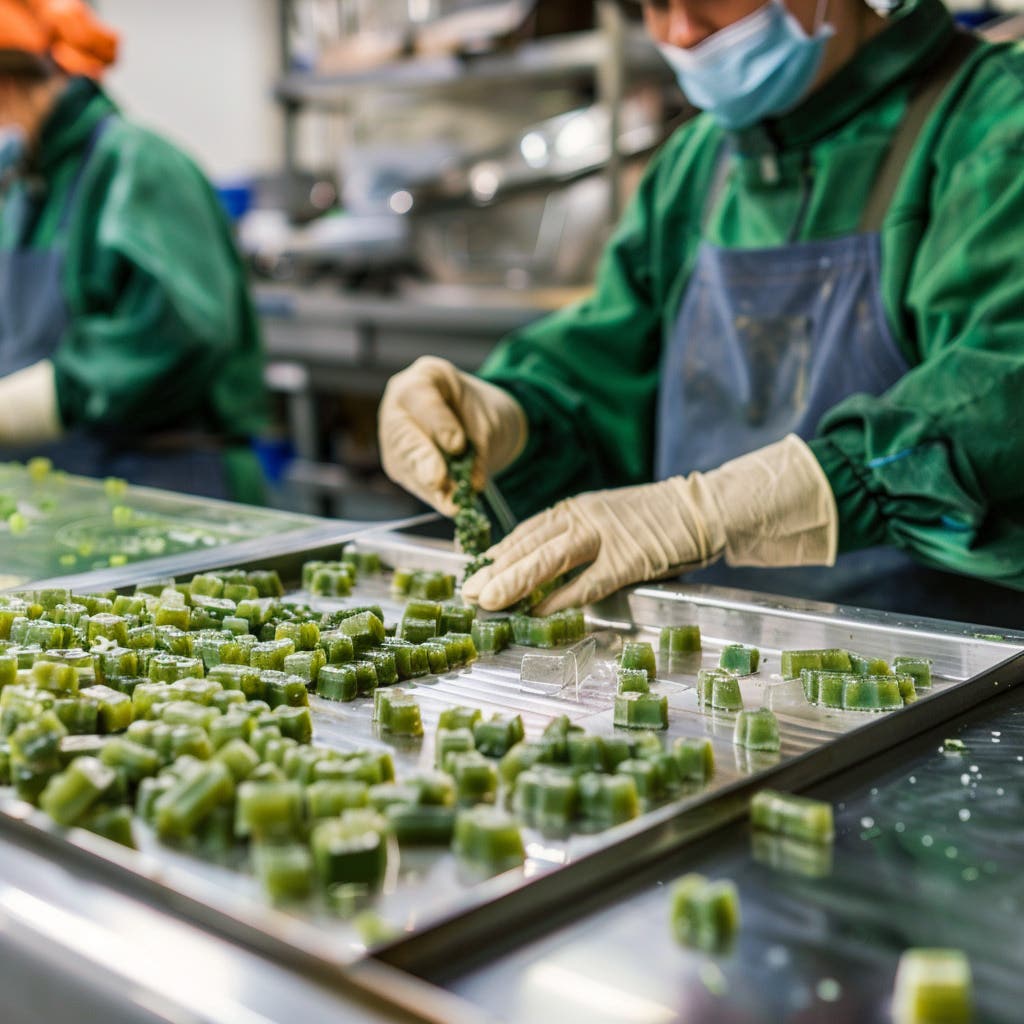Growing cannabis can be a rewarding and fulfilling experience, but it requires knowledge, attention to detail, and careful cultivation practices. Whether you're a beginner or an experienced grower, it's essential to be aware of common mistakes that can hinder your success. In this article, we'll explore some of these mistakes and provide guidance on how to avoid them, ensuring a more fruitful growing journey.
- Poor Planning and Research:
One of the biggest mistakes growers make is diving into cannabis cultivation without proper planning and research. Understanding the plant's lifecycle, environmental requirements, nutrient needs, and potential pests or diseases is crucial. Take the time to educate yourself, consult reputable resources, and develop a well-thought-out cultivation plan before starting.
- Inadequate or Incorrect Lighting:
Proper lighting is vital for cannabis growth and development. Insufficient light intensity or using the wrong type of light can lead to weak and spindly plants with poor yields. Invest in high-quality lighting equipment that matches the specific needs of your cannabis strain and growth stage. LED grow lights are popular for their energy efficiency and versatility.
- Overwatering or Underwatering:
Watering mistakes are common among novice growers. Overwatering can suffocate the roots, leading to root rot and other issues, while underwatering can cause dehydration and nutrient deficiencies. Establish a watering schedule based on the plant's needs, observe the soil moisture levels, and allow it to partially dry out between waterings. Remember, cannabis plants generally prefer slightly drier conditions compared to overwatering.
- Nutrient Imbalances:
Proper nutrition is crucial for healthy cannabis plants, but nutrient imbalances can cause significant problems. Overfeeding or underfeeding can lead to nutrient deficiencies or toxicities. Invest in a reputable nutrient solution designed for cannabis cultivation and follow the recommended dosage guidelines. Regularly monitor your plants for any signs of nutrient-related issues and adjust the feeding regimen accordingly.
- Lack of Proper Air Circulation and Ventilation:
Cannabis plants thrive in an environment with adequate airflow and ventilation. Poor air circulation can create stagnant conditions, which increase the risk of mold, mildew, and pests. Use fans or ventilation systems to maintain a gentle breeze and exchange stale air with fresh air regularly. Proper ventilation also helps to manage temperature and humidity levels, preventing issues such as heat stress or excessive moisture.
- Insufficient Pest and Disease Prevention:
Pests and diseases can wreak havoc on cannabis plants if not addressed promptly. Neglecting pest and disease prevention measures is a common mistake. Implement preventive practices such as regular inspections, maintaining cleanliness, and employing organic pest control methods when necessary. Early detection and intervention can save your crop from severe damage.
- Lack of Training and Pruning:
Proper training and pruning techniques can significantly enhance yields and promote healthier plant growth. Neglecting to train or prune your cannabis plants can result in overcrowding, reduced light penetration, and uneven canopy development. Employ techniques like topping, low-stress training (LST), or defoliation to optimize your plant's structure and maximize bud production.
- Harvesting Too Early or Too Late:
Harvest timing is crucial for achieving the desired potency and effects. Harvesting too early can result in underdeveloped buds with lower cannabinoid levels, while harvesting too late can lead to overly matured buds with decreased potency. Monitor the trichomes (resin glands) using a magnifying tool and harvest when they reach the desired level of maturity, typically when they transition from translucent to milky or amber.
- Ignoring Environmental Factors:
Environmental conditions play a significant role in cannabis growth. Ignoring factors such as temperature, humidity, and airflow can hinder plant health and productivity. Maintain an optimal temperature range (around 70-80°F or 21-27°C) during the day and slightly lower temperatures at night. Keep humidity levels between 40-60% during the vegetative stage and lower to 30-40% during flowering to minimize the risk of mold and mildew.
- Lack of Patience and Rushing the Process:
Growing cannabis requires patience and a thorough understanding of the plant's natural growth cycle. Rushing the process can lead to mistakes such as premature harvesting, improper curing, or inadequate drying. Allow your plants the necessary time to mature fully, follow the recommended drying and curing procedures, and exercise patience throughout the entire cultivation process. Quality cannabis takes time.
Avoiding common mistakes when growing cannabis is essential for achieving successful and bountiful harvests. By planning, researching, providing proper lighting and nutrients, maintaining adequate airflow and ventilation, preventing pests and diseases, implementing training and pruning techniques, and paying attention to environmental factors, you can create an optimal growing environment for your cannabis plants. Remember to stay patient, observe your plants closely, and continuously educate yourself to improve your cultivation skills. With dedication and care, you'll be rewarded with healthy plants and high-quality cannabis yields.
















